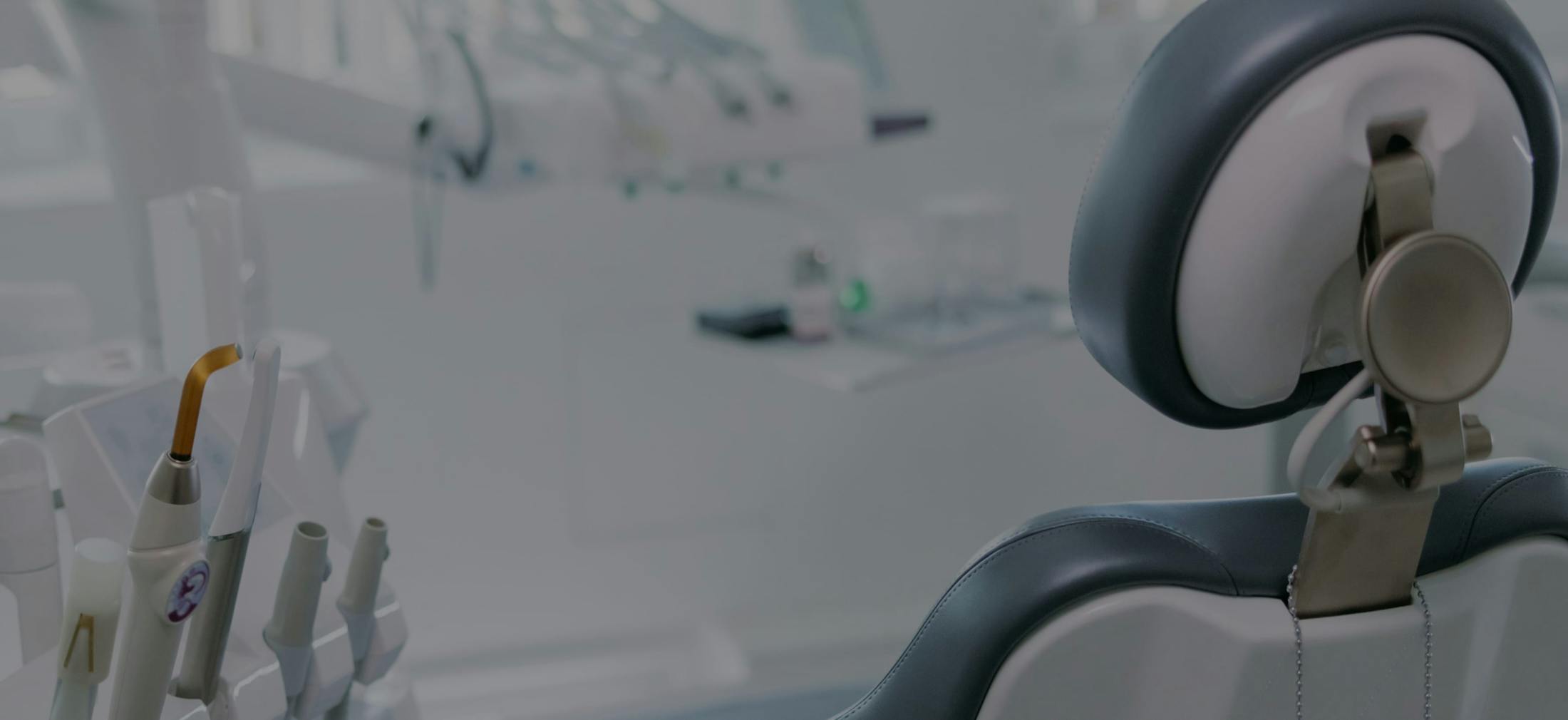Toxic dental materials are various substances that dental professionals have been putting in mouths for years.
Composite Resin Fillings
Composite resin fillings are made with various substances, often plastics. One batch of composite resin will be different than the next. Unfortunately, some composite resin fillings contain BPA or other toxic materials that can be released into your body. Is dental composite toxic? In the past, dental composites have been toxic. Over the years, manufacturers have removed some of the most toxic dental materials from composite fillings. Dental composite shouldn’t contain toxins like BPA these days, but it’s good to check with your dentist.
The components in composite resin can seep out of the resin and into your system due to chewing, saliva, hot drinks, and other reasons. Also, the expansion rate of composite resin is often different than teeth, potentially resulting in gaps or even cracking. Fortunately, composite resin fillings are, in general, less toxic than they ever have been. And many people enjoy that they’re tooth-colored. Early on, composite resin often contained toxic components that leaked into the oral cavity and into the bloodstream.
Over time, manufacturers listened to the science and phased out the toxic composite materials. Modern composite resin is often biocompatible. Do composite fillings have BPA? Some composite fillings have BPA. Luckily, most manufacturers now know that BPA is toxic and do not use it (or anything that chemically turns into BPA). Biological dentists may recommend composite resin fillings. However, the composite resin they’re suggesting will be different than the toxic composite resin (Unfortunately, there aren’t two different terms for toxic and non-toxic composite resin.)
To be safe, composite resin should not contain:
- BPA (bisphenol A)
- BisGMA (bisphenol A–glycidyl methacrylate)
- BHT (2,6-di-t-butyl-4-methyl phenol)
- HMBP (2-hydroxy-4-methoxy benzophenone)
- DPICL (diphenyliodonium chloride)
- TPSb (triphenyl-stibane)
- HEMA (hydroxyethylmethacrylate)
- TEGDMA (triethyleneglycoldimethacrylate)







